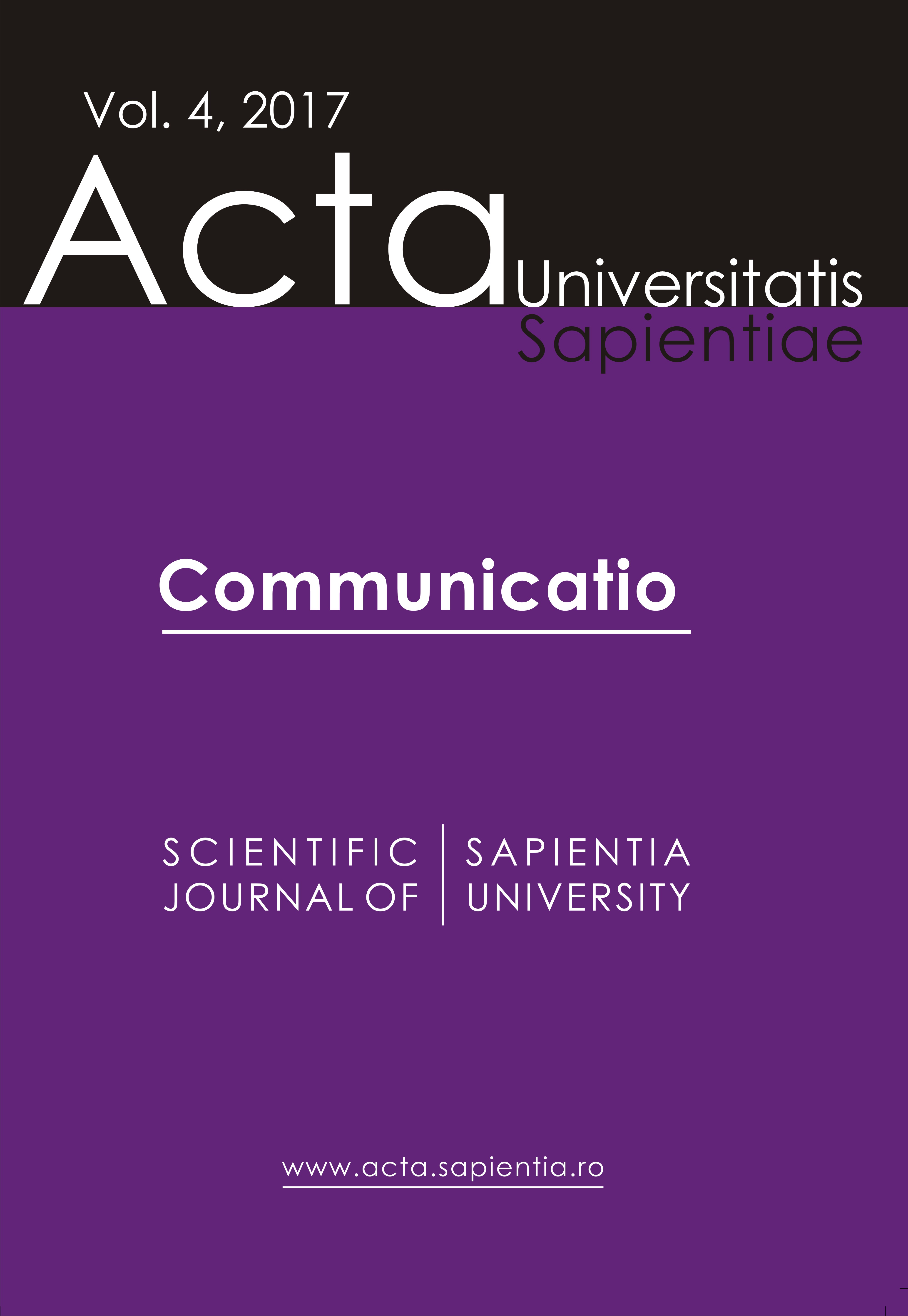Linguistic and Non-Linguistic Elements in Detecting (Hungarian) Fake News
Linguistic and Non-Linguistic Elements in Detecting (Hungarian) Fake News
Author(s): Ágnes VeszelszkiSubject(s): Social Sciences, Communication studies
Published by: Scientia Kiadó
Keywords: post-truth society; fake news; manipulation; social media; netlinguistics;
Summary/Abstract: Fake news texts often show clear signs of the deceptive nature; still, they are shared by many users on Facebook. What could be the reason for this? The paper tries to answer the question by collecting the linguistic and non-linguistic characteristics of fake news. Linguistic characteristics include among others the exaggerating, sensational title, the eye-catching, tabloid-style text, the correct or incorrect use of terms, and the fake URLs imitating real websites; non-linguistic characteristics are expressive pictures often featuring celebrities, the use of all caps, excessive punctuation, and spelling mistakes. The corpus was compiled using snowball sampling: manipulative news not originating from big news portals were collected from the social networking website Facebook. The aim of the study is to identify the characteristics of Hungarian fake news in comparison to the English ones and to elaborate a system of aspects which help identify fake news.Fake news texts often show clear signs of the deceptive nature; still, they are shared by many users on Facebook. What could be the reason for this? The paper tries to answer the question by collecting the linguistic and non-linguistic characteristics of fake news. Linguistic characteristics include among others the exaggerating, sensational title, the eye-catching, tabloid-style text, the correct or incorrect use of terms, and the fake URLs imitating real websites; non-linguistic characteristics are expressive pictures often featuring celebrities, the use of all caps, excessive punctuation, and spelling mistakes. The corpus was compiled using snowball sampling: manipulative news not originating from big news portals were collected from the social networking website Facebook. The aim of the study is to identify the characteristics of Hungarian fake news in comparison to the English ones and to elaborate a system of aspects which help identify fake news.
Journal: Acta Universitatis Sapientiae, Communicatio
- Issue Year: 2017
- Issue No: 4
- Page Range: 7-35
- Page Count: 29
- Language: English

